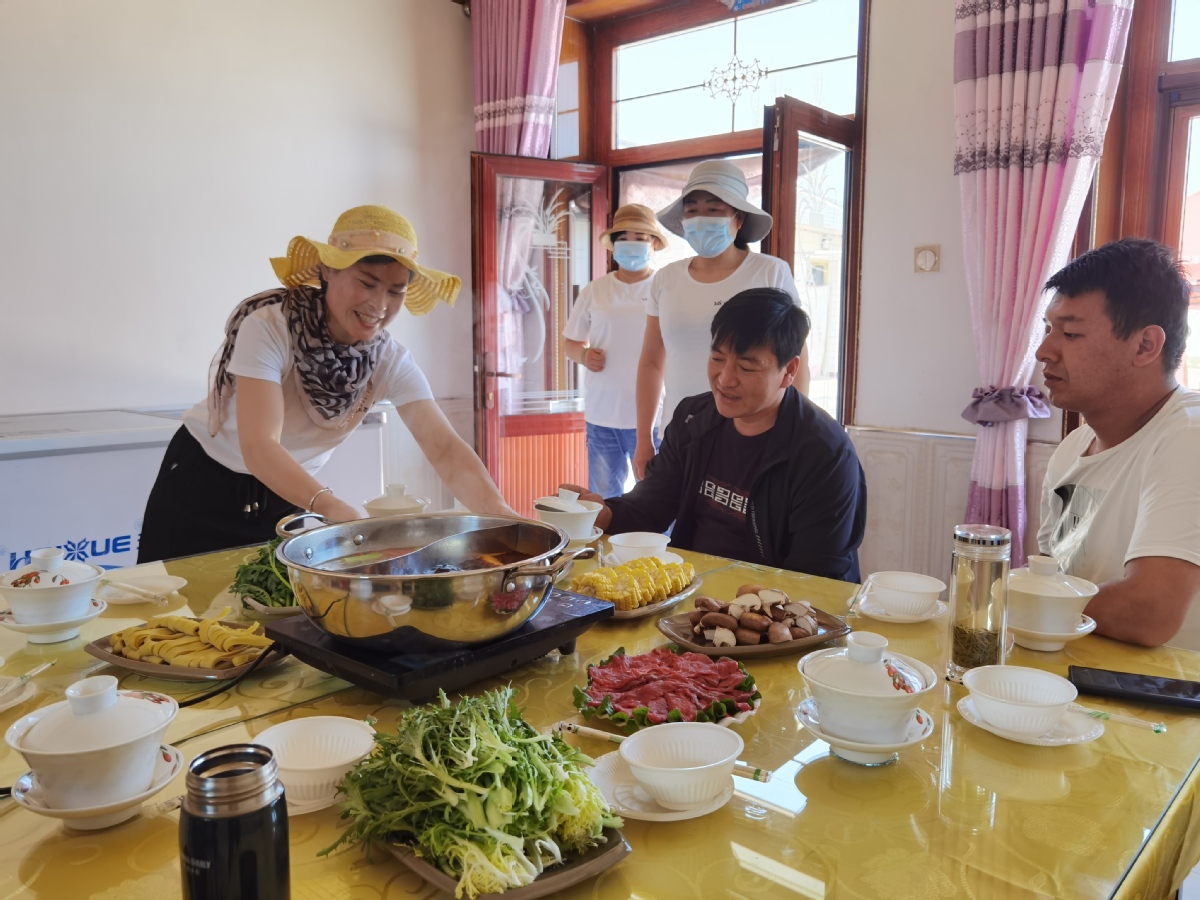In harsh, remote Ningxia, cooperation makes a difference


Editor's note: With China set to meet its goal this year of eliminating extreme poverty before next year's 100th anniversary of the founding of the Communist Party of China, this new series looks at the efforts of different areas of the country to erase poverty and improve livelihoods.
Region takes big leap in poverty reduction, lifting 103,000 people out of poverty last year
As China's five-day break began on May 1, many workers were busy making face masks for schoolchildren at Ningxia Quanxiang Outdoor Textile Products Co in Jingyuan, a county in the Ningxia Hui autonomous region.
Huang Shuihai, the company's president, had moved the headquarters from Xiamen, a coastal city in Fujian province in Southeast China, to Ningxia in the northwest in June last year. That was a win-win move for Huang-and for Jingyuan county, where the company's new headquarters is located.
Unlike Xiamen, where labor costs were rising, Jingyuan county has legions of less expensive laborers who now earn more than they did before.
Jingyuan county is in Xihaigu prefecture, one of China's most impoverished areas. In 1972, the United Nations called it "one of the least suitable areas for human habitation in the world". Xihaigu has a chronic shortage of water and a harsh climate.
Xihaigu is among the last, and arguably most difficult, hurdles in achieving the national goal of eliminating absolute poverty and building a moderately prosperous society in all respects by the end of this year.
With the move to Jingyuan, Huang joined the local poverty alleviation campaign, building factories in several villages and recruiting 500 local residents. One of the factories produces 80,000 to 100,000 masks a day with plans for 500,000 to 700,000 in the future.
Since the mid-1990s, the pairing of China's more developed eastern regions with less-developed western areas has been a key institutional arrangement in the war on poverty and has helped to bridge the previously widening wealth gap between these regions.
East-West cooperation has shown itself as an effective platform for advancing both economic growth and social stability. Cooperation helps develop regions that were previously left behind and increases opportunities for economic growth by expanding domestic demand.
























